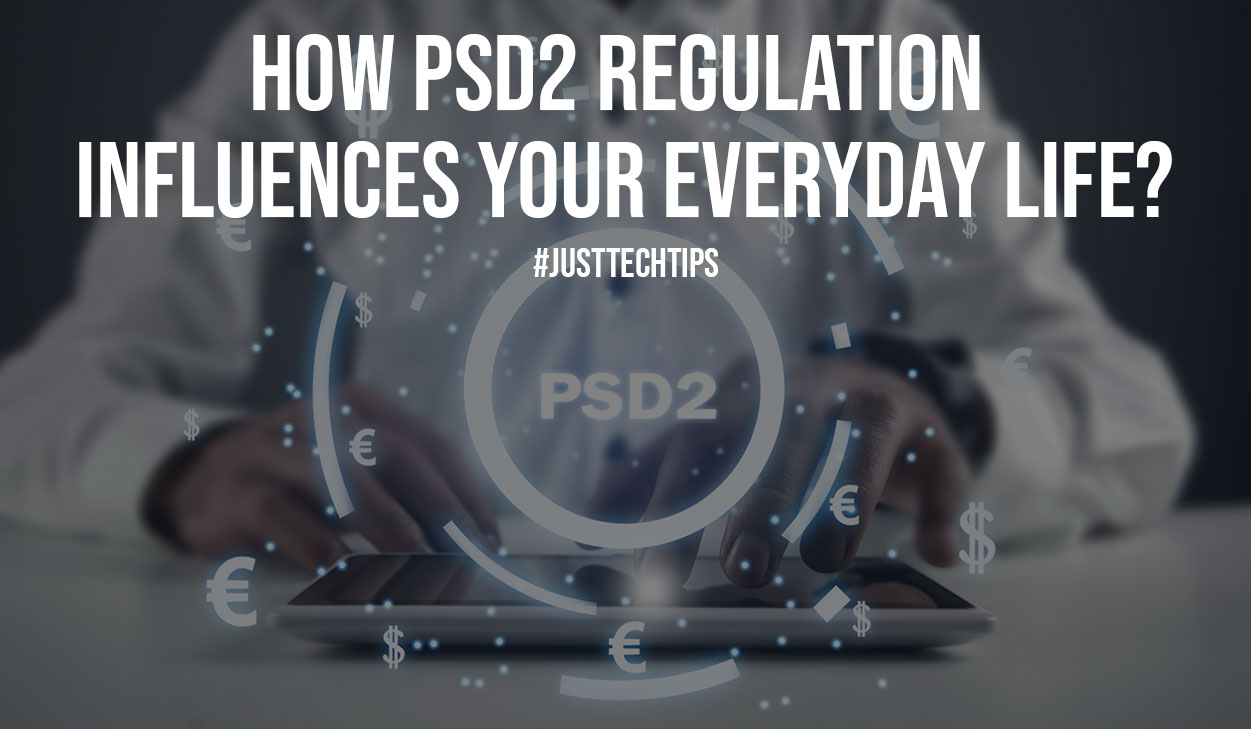Everyone (more or less) buys things or pays for goods or services online. The European Union is a very diverse and broad market that has one of the most innovative regulatory environments, allowing all kinds of businesses to thrive and succeed.
Thanks to a strong involvement from the regulators, users can enjoy a secure and transparent environment for digital money management. The core element that is the foundation for the current situation is PSD2.

In this article, we’re going to dedicate our attention to PSD2 regulation and how it may impact the daily lives of almost everyone living in the European Union!
PSD2 and Open Banking
When PSD2 is mentioned, it’s usually in the context of open banking. As it focuses on digital finances and banking data, it’s no surprise that open banking and PSD2 usually go hand in hand.
The concept of open banking focuses on the standardization and eventual unification of the payments market in the European Union. This should make the banking and payments sectors more efficient, innovative, and competitive.
For users, both private and corporate, open banking and PSD2 mean that there are more opportunities to take advantage of the available technology and get better services.
Also Read: How To Leverage These 6 Tech Trends To Enhance Your Business Operations?
Where PSD2 Regulation Plays a Major Role?
PSD2 regulation is noticeable and important wherever you encounter digital transactions or have to enable some kind of verification process via your bank account.
So, for example, if you want to buy something from a European online store, instead of just having cash deducted from your account, you will almost always need to verify your identity and authenticate the transaction.
Furthermore, if you wish to become a tenant and pass tenancy referencing, you can now do that (in some countries) by automatically sending your income statements and other relevant documents with the help of open banking.
Just authenticate your person and the necessary information will be automatically sent to the relevant parties. Furthermore, PSD2 regulation-influenced solutions are scattered all over the web.
Online casinos, getting a loan or a mortgage, wealth tech, even investments are all being handled with the help of PSD2-regulated solutions.
Thanks to PSD2, a wide variety of services are becoming more accessible.
Also Read: 2 Trends In Internet Of Things App Development To Watch Today
PSD2 Regulation and SCA
One of the key components that allow PSD2 to work is Strong Customer Authentication or SCA for short. Second Payment Services Directive has a unique technology for customer authentication.
It’s a form of MFA (or 2FA) which is uniquely branded for the purpose of having a distinct term for the world of open banking.
Strong Customer Authentication is necessary in order to prevent fraud and cybercrime. SCA is comprised of three individual and not interlinked factors (meaning that if one is compromised, it doesn’t necessarily mean that the other two are in jeopardy).
In order to authenticate any kind of transaction, you need authentication via 2 out of 3 factors.
These factors are knowledge, inheritance, and possession. Examples of these would be a PIN code, biometric data, and a smartphone that belongs to a person, respectively.
Whenever you wish to proceed with payment and authorize it in the EU, you’ll be asked to verify with a fingerprint on your phone or enter a PIN code and scan your Face ID, etc.
This ensures maximum data security as well as fraud prevention.